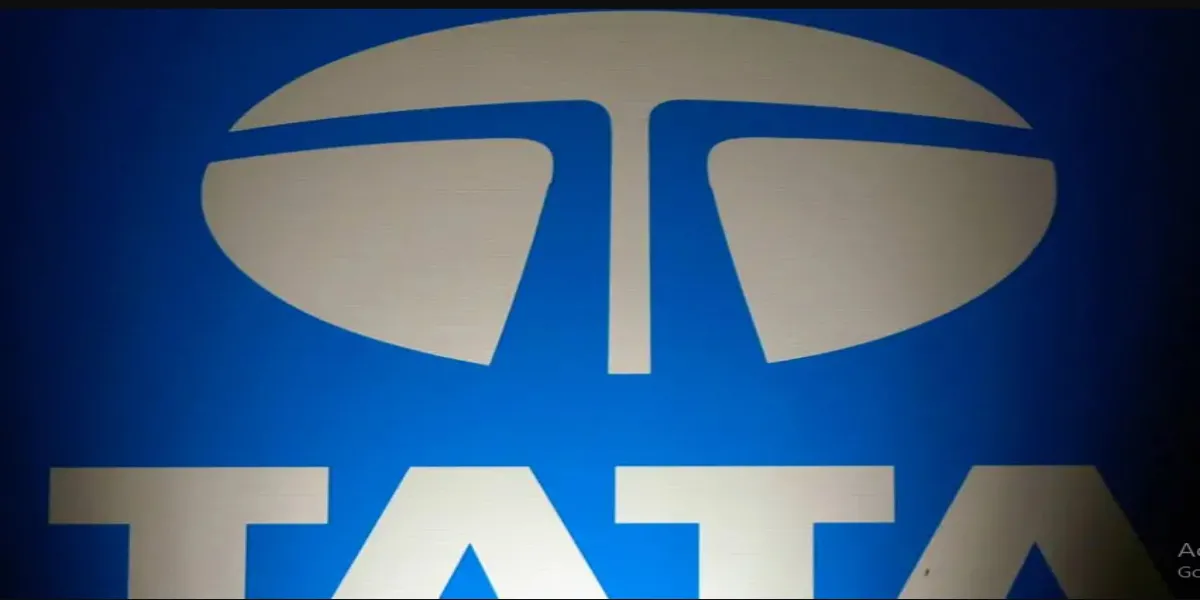Infrastructure is the lifeline of the economy and the Government should focus on initiating policies to ensure the timebound creation of world-class infrastructure.
The two most important pillars of the Indian economy are delicately poised. Real estate is ahead on the curve, emerging stronger and more mature from the economic downturn. Infrastructure, on the other hand, has just started slowly getting back on its feet. Both sectors will require the right focus from all stakeholders to ensure their potential is fully explored.
Sustained development of the country’s infrastructure complements the growth of other sectors, leading to overall development of the country. The Indian real-estate sector is the second largest employer and contributor to economic activity in India, and accounts for the second highest inflow of FDI. The sector employs over 35 million people.
Investments surge, collaborations thrive
Over the years, there has been rapid liberalisation in FDI policies in the infrastructure sector. The Government’s announcement last year to open up the Indian realty sector for 100 per cent FDI is probably one of the most important economic policy decisions.
The funding gap will continue to be a primary challenge and new avenues of funding will be required. A multipronged approach would be required to mobilise private funding, both global and domestic capital, for holistic development.
New avenues like credit enhancement schemes for key projects and development of strong bond markets will be important steps to generate alternative capital. Regulatory policies will have to be drafted, reviewed and amended on a more real-time basis owing to the dynamic business environment. Tax policies will have to be more consistent and stable over the medium to long term. Building the right model for financing and executing infrastructure build-up will be important. Both the Government and private sector have to play their part to make these efforts successful.
Fifty per cent of the demand for construction activity is derived from the infrastructure sector in India; the rest comes from industrial activities, residential and commercial development, etc. India’s real-estate industry has witnessed a paradigm shift from traditional finance to an era of structured finance, private equity and public offering.
The liberalisation of FDI rules for the real estate sector, opening up of the domestic fund industry to foreign investment and the passage of the Real Estate (Regulation and Development) Act, 2016 have provided a boost to this industry. Also, the Government’s strong resolve to provide Housing for All by 2022 and the development of smart cities have led to increasing activity in this sector. The Government has supplied the construction development industry with relaxation in FDI-related norms. These include:
- In the construction industry including townships, residential/commercial buildings, highways and bridges, hotels, resorts, hospitals, academic institutions, recreational amenities, municipal and regional infrastructure and municipalities and industrial parks, 100 per cent FDI is allowed.
- Minimum area and capitalisation requirements have been removed.
Infrastructure projects driving growth
Infrastructure and real estate go handinhand and have a direct bearing on India’s GDP growth. Alternately, agriculture (which employs nearly 50 per cent of the workforce and is the largest contributor to the GDP) is also highly dependent on real estate and infrastructure development and services for its economic growth. With the Government targeting a $5 trillion economy by 2025, these sectors hold the key to achieve the set benchmark, considering that they have a ripple effect on the overall economy.
The infrastructure and real-estate sector’s contribution to India GDP is the highest at 29.5 per cent (including construction, real estate, transport, telecom and storage), compared to 22.6 per centfor the US and 17.6 per centfor China. Higher contribution from infrastructure and real estate is fuelling India’s economic growth and helping the nation evolve as a dominant country.
There are several mega infrastructure projects shaping India that are not only fuelling economic growth but indirectly driving real-estate demand. These infrastructure initiatives are also creating massive direct and indirect job opportunities. Increased job opportunities lead to a rise in housing demand, primarily in the affordable segment, considering that such mega projects employ junior level unskilled and skilled workers in large quantities. Indeed, several segments of infrastructure contribute to the growth of the nation.
Clearing the roadblocks
ack of clarity on policies, delay in approvals, inconsistent local development regulations and improvements in the environment to attract foreign capital are some key issues that need to be immediately addressed by the Government.
There are no alternatives for infrastructure development and no shortcuts for faster economic growth.The impact of infrastructure development is not only restricted to a better quality of life but impacts real estate and its allied industries. The success story of the Indian real-estate sector can be scripted with the slew of policy reforms, thrust on mega infrastructure development, Housing for All and affordable housing initiatives, liberalisation with FDI policy and job creation. With the pace of economic growth rate sure to level up under a favourable economic environment, the Indian real-estate market as an investment destination holds a lot of potential, promise and excitement.



















